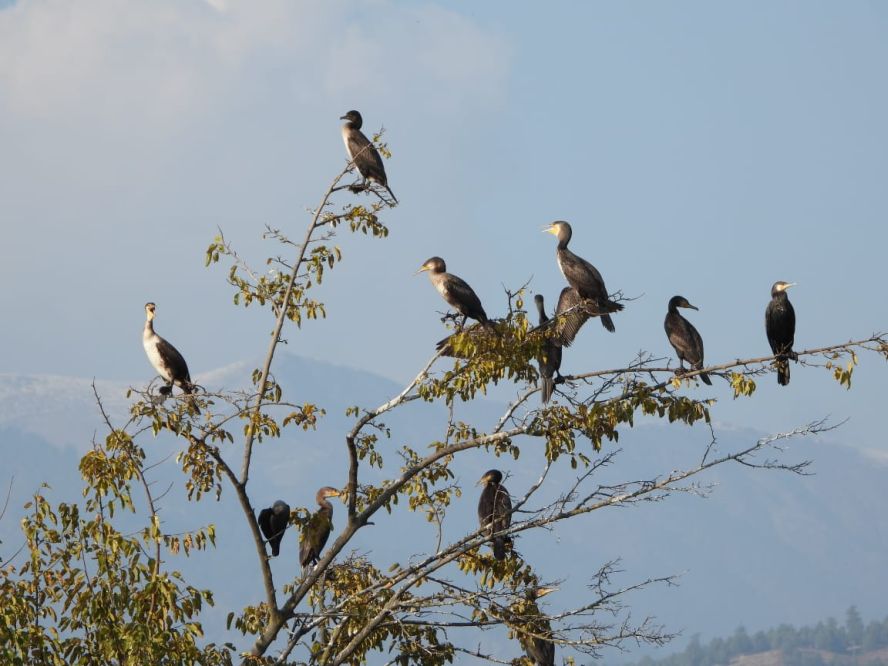
Srinagar- In a heartening trend for Kashmir’s biodiversity, the avian diversity of the region has been on a remarkable upswing in recent years. The wetlands of Kashmir become a bustling hub as hundreds of thousands of migratory birds flock to the region every year. In the midst of this natural spectacle, a community of bird photographers document not only the usual feathered guests but also the exciting new species that make these revitalized wetlands their seasonal abode.
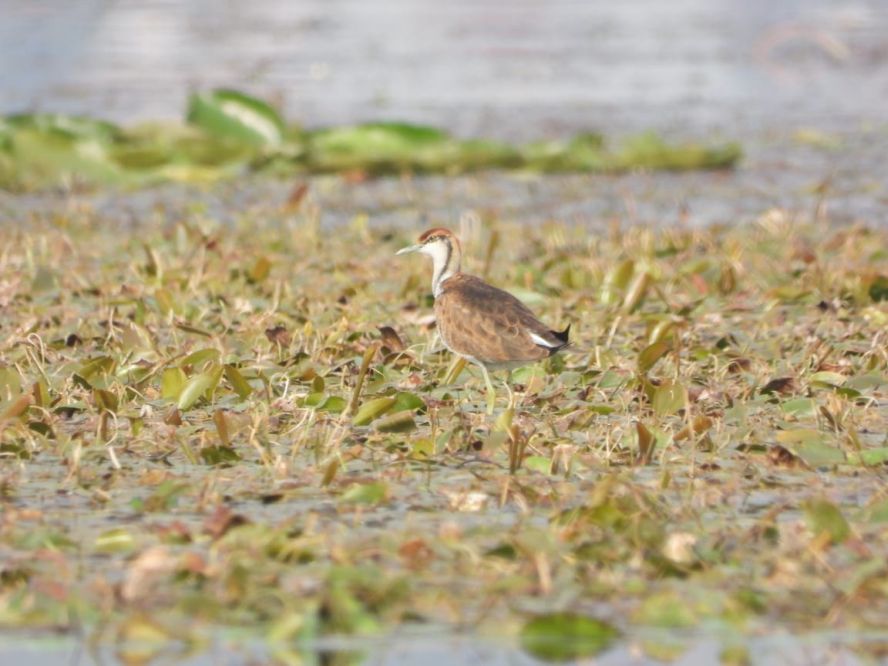
This year, Reyan Sofi, an avid bird photographer, spotted a Black-necked Grebe for the first time among the migratory flocks at Hokersar wetland. The discovery has been successfully added to eBird – an online database of bird observations that provides real-time data about bird distribution and abundance.
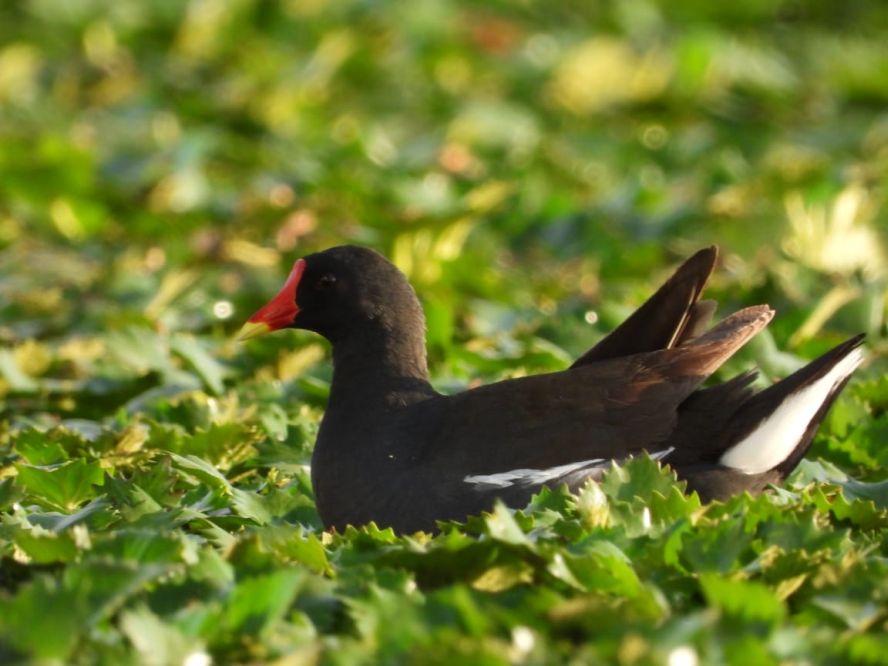
The Black-necked Grebe, a small and sociable species with a broad global distribution, typically winters in the south-western Palearctic, east Asia, and east Africa. Although it generally avoids flight, the black-necked grebe travels as far as 6,000 kilometres during migration. In addition, it becomes flightless for two months after completing a migration to reach an area where it can safely moult.While it has been identified breeding in various locations worldwide, its recent sighting in Jammu and Kashmir marks an expansion of its known range.

“Our observation is believed to be the initial verified record from Kashmir. The bird was in basic plumage and identified based on a bright red iris, black top of the head and mantle, neck black on the back and grey on the front, white breast, rump, and belly,” Reyan Sofi said. This discovery adds to Sofi’s track record of documenting rare avian visitors to the region. In the last winter, he has recorded sightings of the Falcated Duck in Hokersar Wetland and the Black-bellied Plover in Wular Lake. Long-tailed ducks were spotted in Kashmir’s Wular Lake after a gap of 84 years in January 2023.
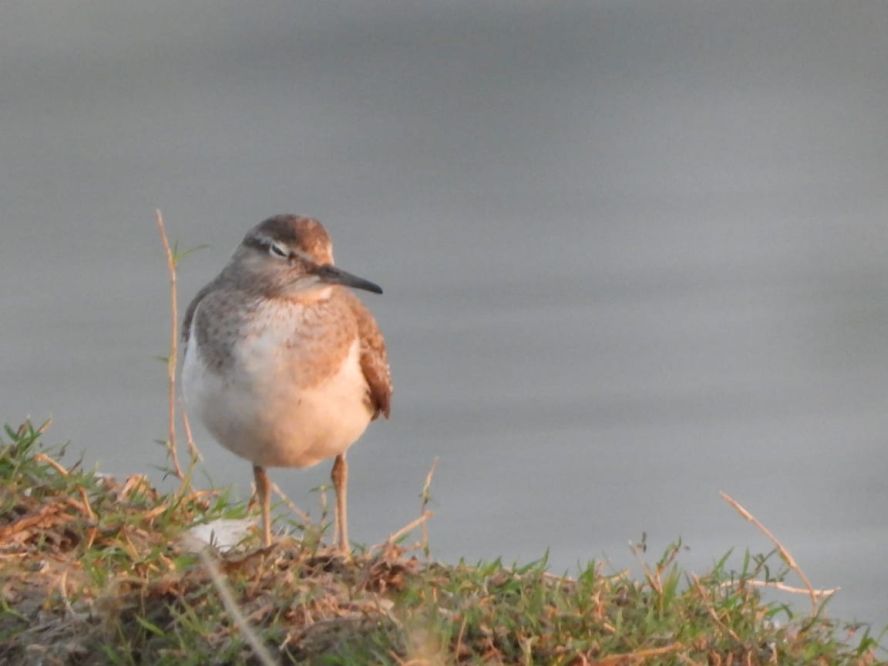
In 2022, birdwatchers observed new species, including waders (also known as shorebirds) and White-fronted Geese. Among other first sightings that have added to the region’s ornithological allure are pied avocets, Whimbrel, Glossy Ibis, Little Tern, Greater Sand Plover,Pacific Golden Plover, Sharp Tailed Sandpiper and many others.According to Reyan Sofi, Hokersar Wetland, a crucial habitat for migratory birds, has welcomed over 200 new bird species so far.
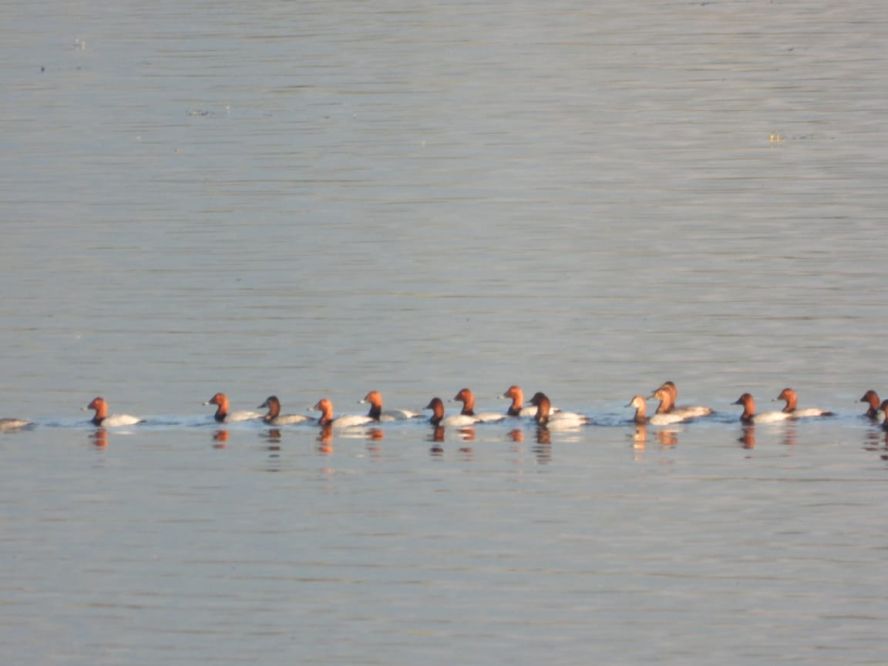
As winter sets in, thousands of birds from various parts of the world migrate to Kashmir, seeking refuge from freezing temperatures in their summer habitats in Central Asia and Russia, where food becomes scarce. These birds can be seenin numerous wetlands across Kashmir, including Hygam, Pampore, Badi Nambal, Shallabugh, Anchar, Dal Lake, Wular Lake, Chatlum, Kranchoo, Manibugh, Freshkhoori, Hokersar, and Mirgund. These rare finds that have thrilled conservationists and bird watchers alike, come amidst concerted efforts by authorities who pumped men and machinery to restore the pristine glory of the wetlands.Wildlife warden, wetlands, Ifshan Dewan told Kashmir Observer that over 5-6 lakh migratory birds have visited Hokersar wetland so far. She said the conditions of the wetlands are in ‘good position’ and the migratory birds are arriving in large numbers.

“Whatever management interventions we had to do, we completed it. The condition of the wetlands is very good as of now,” she said. The department, she said, has plugged breaches and the water master is presently working in the wetland to create more channels.
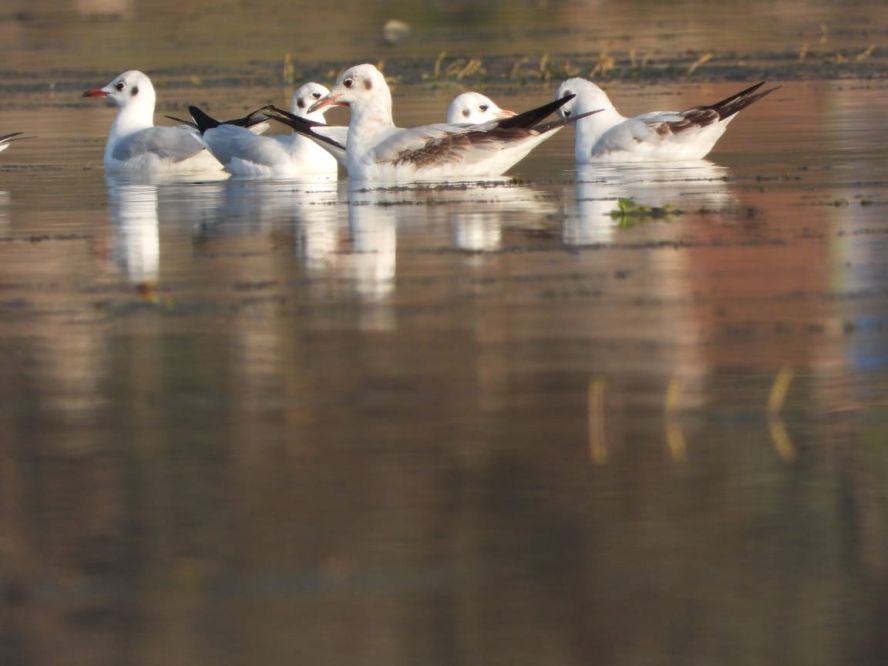
The wetlands in the valley are under tremendous stress due to continuous human intervention including land grabbing, poaching, construction and pollution which have significantly altered the nature of these areas. Consequently, migratory birds face considerable challenges in locating suitable habitats within this Himalayan region.
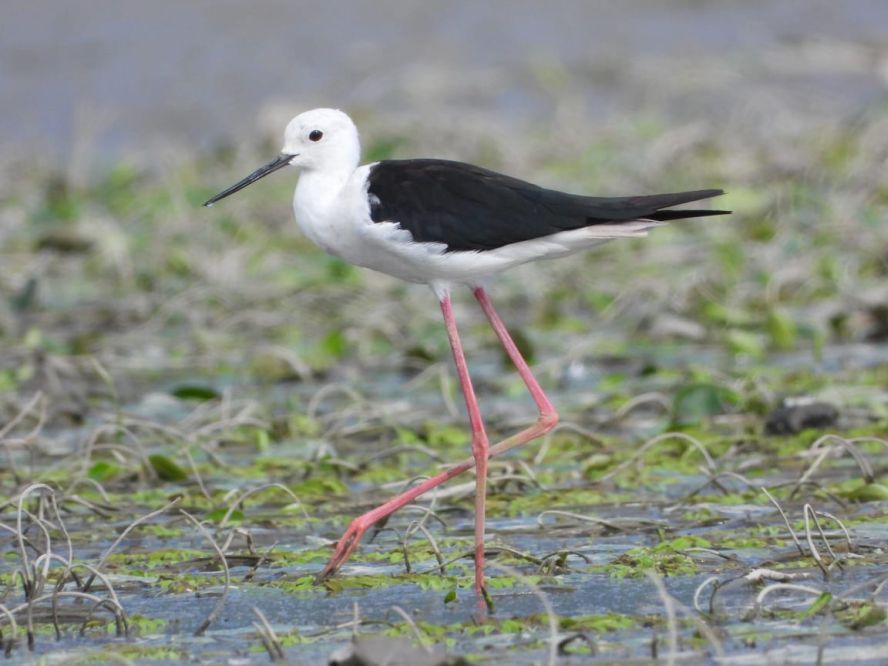
According to a report from National Institute of Disaster Management (NIDM), the wetland has receded consistently and undergone tremendous land-use change owing to siltation coupled with floods and human interference.

“The Hokersar wetland has experienced fragmentation and changes in land use/land cover due to excessive siltation and biotic interference over the last four decades,” the report said. The study noted that most of the developmental activities are usually undertaken with utter disregard to environmental, geological, geomorphological and ecological conditions of the region.
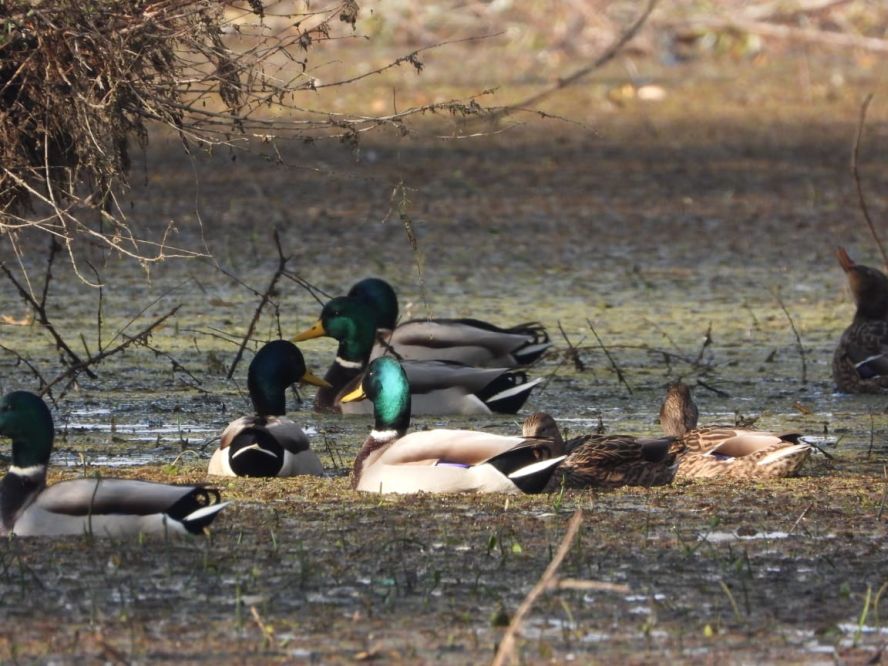
However, officials have asserted that they are actively pursuing multiple projects aimed at the restoration of the wetlands, and the work is currently in progress.

Notably, this year the Union territory administration undertook a mega project to rejuvenate Hokersar Wetlands, one of the eight Ramsar sites in the valley. With a focus on transforming the wetland into an ecotourism destination, authorities aim to leverage its appeal to attract a multitude of migratory birds. The government is also working on restoration of Wular lake in North Kashmir’s Bandipora district.
Follow this link to join our WhatsApp group: Join Now
Be Part of Quality Journalism |
Quality journalism takes a lot of time, money and hard work to produce and despite all the hardships we still do it. Our reporters and editors are working overtime in Kashmir and beyond to cover what you care about, break big stories, and expose injustices that can change lives. Today more people are reading Kashmir Observer than ever, but only a handful are paying while advertising revenues are falling fast. |
| ACT NOW |
| MONTHLY | Rs 100 | |
| YEARLY | Rs 1000 | |
| LIFETIME | Rs 10000 | |













